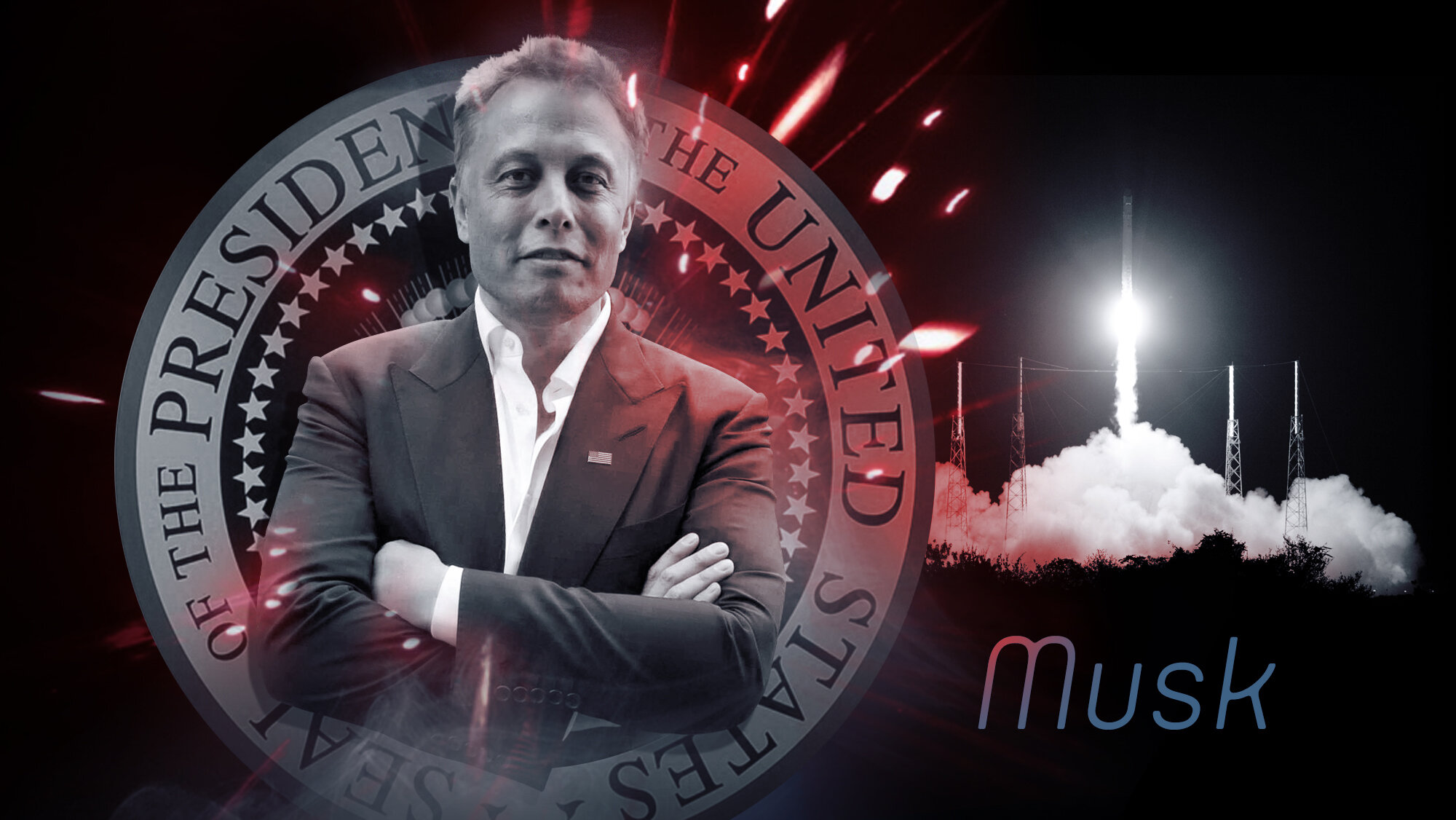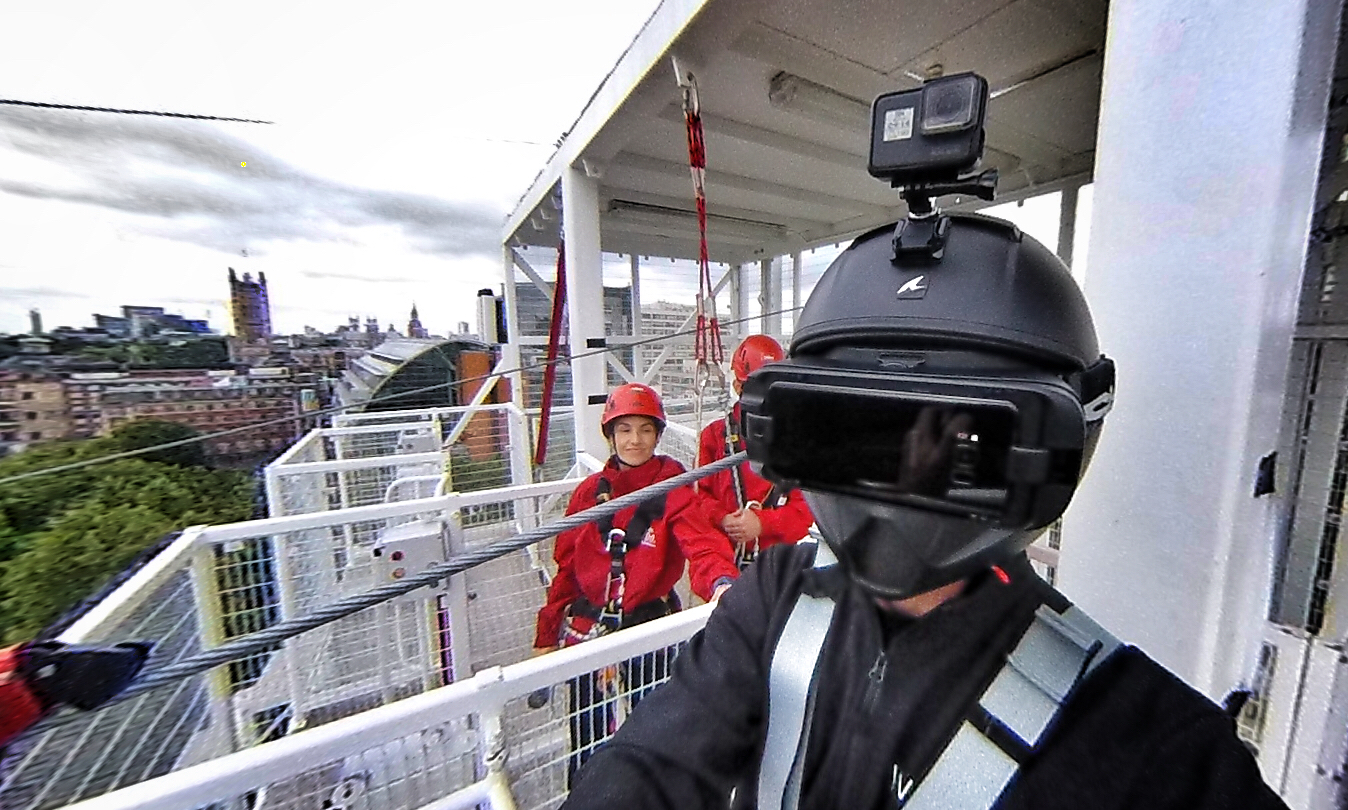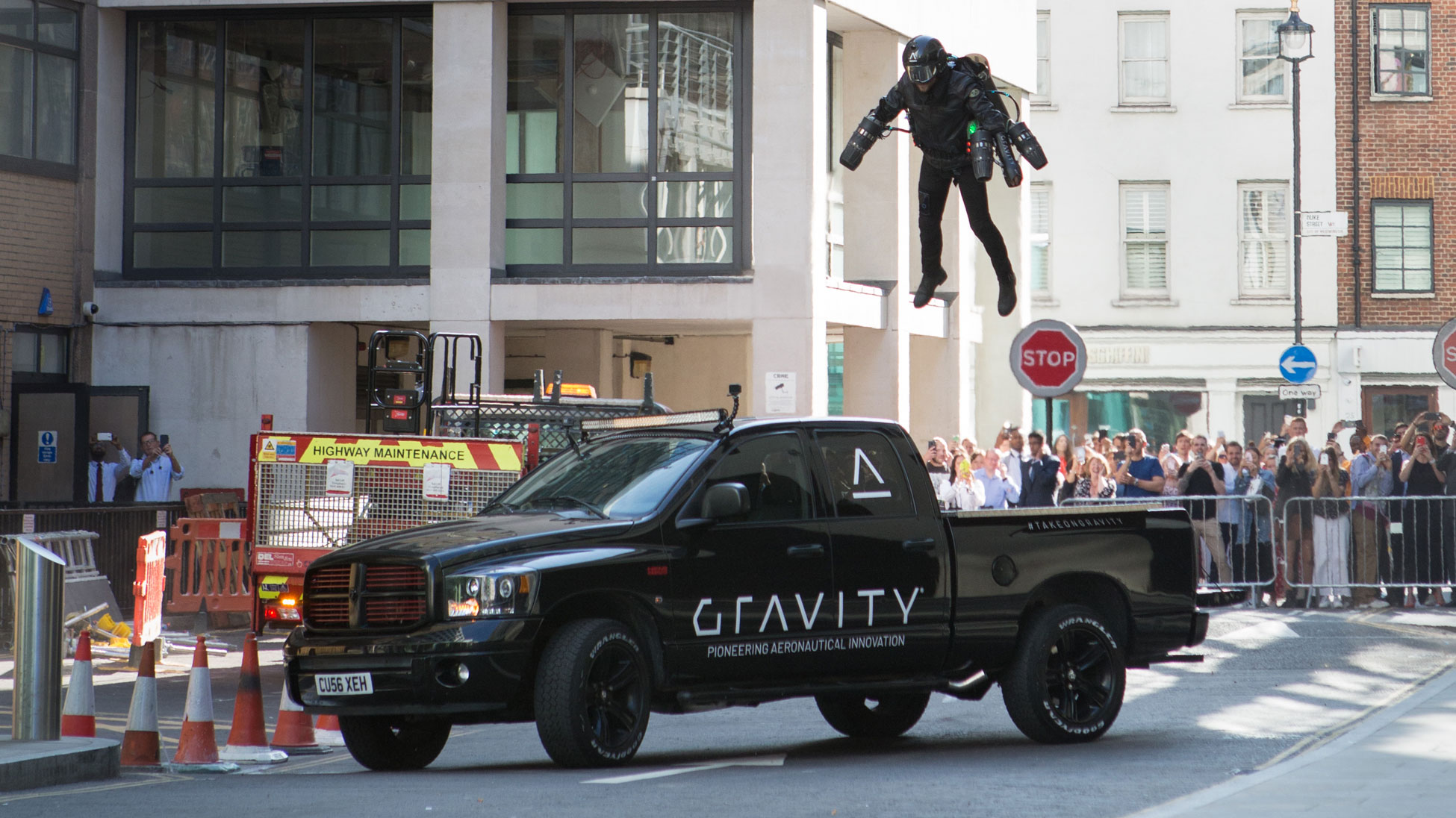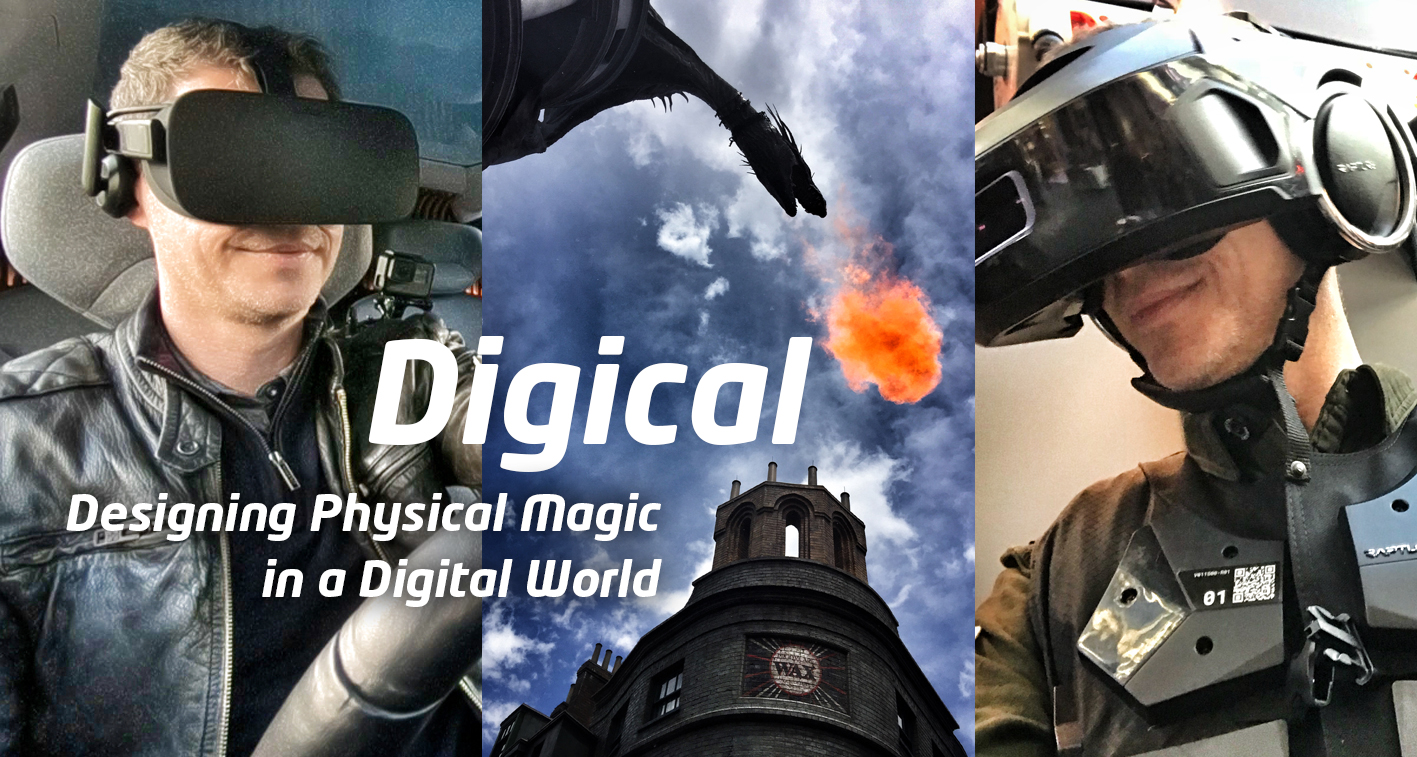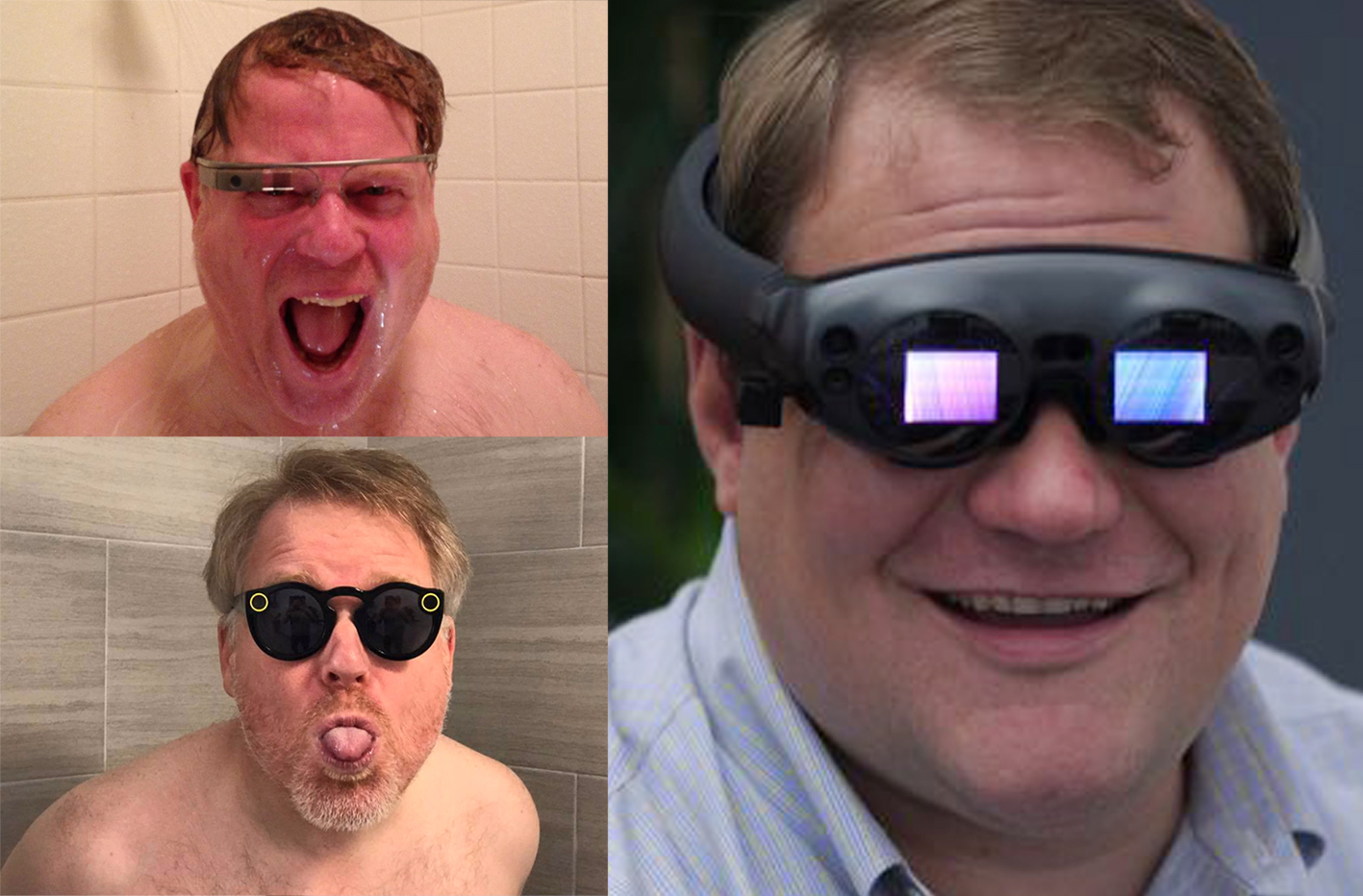The future promises a world serviced by robots and AI personal assistants, self-driving cars and headsets offering virtual and augmented experiences as far as the eye can see. But who’s telling the story and does this narrative even begin to consider the greatest and most important hurdle in the quest for technological advancement – human beings?
No.
Actually, that’s probably not the level of detail you were looking for. I’ll provide a few examples.
I don’t wear glasses – except for reading (I’m wearing them right now) but I would prefer not to because when in face-to-face conversation, or simply enjoying the environment around me, I make a point of breaking down as many barriers as possible between reality and the virtual or augmented world.
This may seem at odds with the barriers I’ve pushed and the research I’ve carried out in both VR and AR (and ultimately XR) for the past 6 years but I never simply talk about technology for the sake of it. I always think about the consequence of its existence – not just the facts, but how and, most importantly, why it will feature in our lives.
Every second counts so we should make that precious time feel as comfortable as possible. To achieve this, the story behind why we need something or would wish to use it is every bit as essential as reliability, sustainability and security.
At their recent OC6 developer conference, FaceBook confirmed it was planning to build AR glasses and map the world. Even if the glasses are delivered in the sleekest designer frames, I still don’t wear glasses AND I have no wish to share my every move with FaceBook – including my every view!
Virtual Reality is another amazing creative platform with immense potential. Neither VR nor AR are new technologies. They have both been with us for decades in one form or another, but the platforms and devices are making the greatest impact in this current era of digital realities.
Of course, content is king and the quality and experience must be extraordinary in order to entice an audience back again and again or encourage others to make the effort to do so.
And therein lies another problem. We live in a society that is time-poor and effort-deficient. To convince consumers to adopt emerging technologies and then have brands (or Mark Zuckerberg) give the reasons we’ll use them in the future and how they believe they will fit into everyone’s lives takes a huge leap of faith and a great deal of inconvenience and discomfort.
I spent 48 hours in VR a couple of years ago and the combination of virtual and physical experiences was incredible for research, inspiration and visual reference. It was however extremely uncomfortable and I wouldn’t encourage anyone else to undertake this.
Of course, immersion for that length of time isn’t reflective of regular device usage and we intentionally took things to extremes. Dial this back and consider a real human in a real environment (shopping mall, expo, arcade, training room, school, etc) and you’ll still find a level of discomfort unacceptable to many – and an end result that isn’t great for your physical appearance.
And I refer to VR Hair. This is a very real thing – a direct result of a very virtual experience.
VR Hair is something I’ve spoken about to clients and audiences since 2016 and it still isn’t recognised as a potential roadblock to consumers. It’s not an issue for enterprise and training because that’s a closed environment. It is a very different matter for consumers.
I tested an incredible experience with Renault two years ago where I drove, then was driven by their autonomous SYMBIOZ electric concept car. When I transferred control to the car, I was handed an Oculus Rift headset featuring software developed by Ubisoft. The VR content displayed an identical vehicle interior, followed by scenes outside the windows that transformed from the existing road network to a future smart city, a dramatic eclipse, then the car dropped away as my viewpoint rose and I continued my journey in the sky – every bit the flying car of the future!
Holoride now offers a similar experience as part of its collaboration with various auto manufacturers – from Audi to Porsche to Ford. This combination of tech, platform and content illustrates the potential for in-car entertainment in our self-driven future to great effect.
However, at this point everyone emerges from the car with VR Hair. A genuine issue for anyone heading to a meeting, journeying to a night out, travelling to a shopping destination. Or anything that involves meeting other human beings upon exiting the vehicle.
When focusing purely on the technology already available to us or planned for production, the assumed development route is similar for both VR and AR:
Increasingly powerful headsets
Cutting the cord and delivering wireless free-roaming (6DoF) experiences
Familiar, user-friendly platforms
More impressive passive and interactive content
The story being told about our technological future includes greater duration and deeper immersion for VR experiences (as per Ready Player One) and the Augmented future paints a picture of a global audience wearing designer glasses, consuming vast quantities of information and targeted advertising material.
And then the reality of reality kicks in. If at any stage VR Hair is an issue (ie, you have hair and plan for anyone else to see it) or if you don’t wear glasses and have no wish to do so in the new Augmented era, then the predetermined technological roadmap falls over.
If you currently run any kind of experiential activity involving VR headsets – be that in-store or in-car – it is essential you offer an area for your participants to rearrange themselves and be pampered before sending them back into the ‘real’ world with the lasting memory of your brand. It should be about the content, not the inconvenience.
VR headsets will become lighter and thinner, but they’ll still need a big enough screen to offer wide field of vision – and until further notice, they’ll ruin your hair. AR glasses will become slimmer, lighter and (hopefully) cooler, but they’ll still be glasses until they evolve into contact lenses – and I’m not sticking them I’m my eyes either.
I would however implant the tech directly inside my head and beam the full visually immersive experience to my optic and auditory nerves. I spoke about ‘internalising’ tech at Futurefest in 2016 and it’s this bizarre time jump that delivers the progress everyone is talking about, without the physical or psychological barriers of VR and AR headsets.
Elon Musk’s recent startup, Neuralink is now hoping to develop the technology to make this happen – but it’s a huge step for most people to make when trusting technology inside the human body. This is akin to human evolution and not a comfortable conversation, but one that should be happening. Now.
In the same keynote, I also predicted Trump’s election win and Elon Musk as the future US President. There’s time for Elon’s campaign to kick off, but he still has work to do inventing the future and I intend to be there, telling the right story about the incredible potential for various realities, whist avoiding AR glasses and VR Hair along the way.





